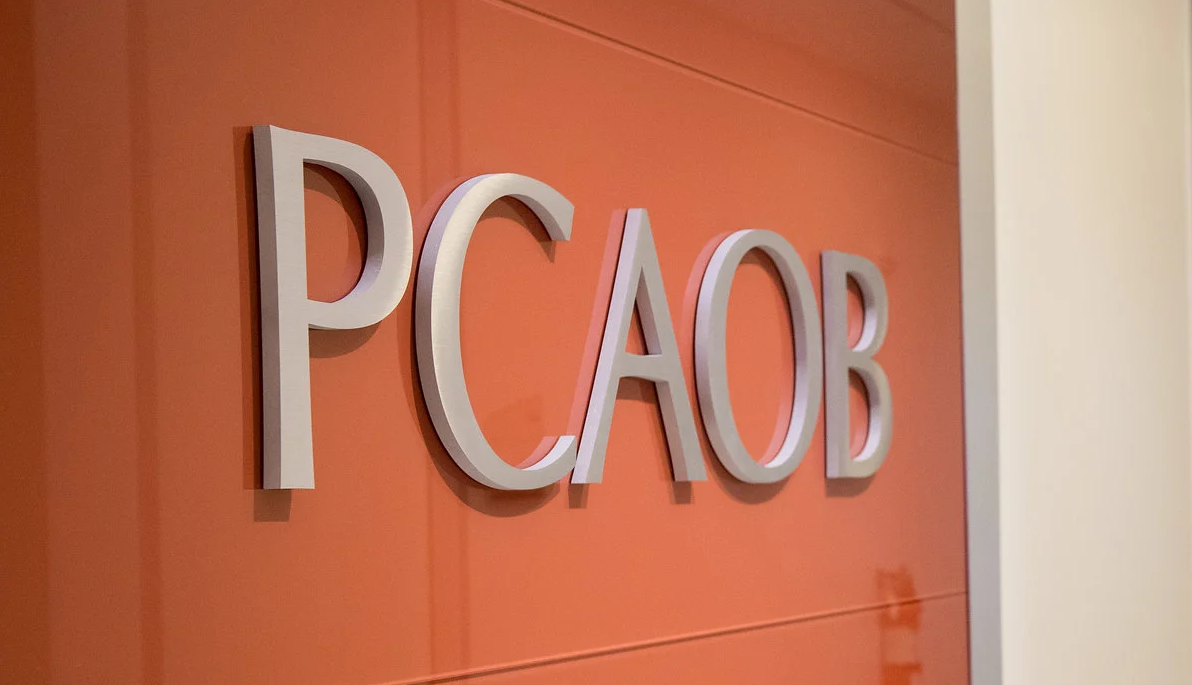A recent survey shows the impact of COVID-19 has tested many finance leaders, accelerating the need for agile forecasting and digital transformation to respond to the unprecedented disruption caused by the pandemic. With the backdrop of a nearly 33 percent drop in GDP and many organizations withdrawing earnings guidance, finance leaders are closely tracking important economic trends and internal metrics, re-tooling their workforces and supply chains, and carefully considering critical investment and budgeting decisions.
The “Enterprise Financial Decision-Making 2020 – North America” survey was commissioned by OneStream Software, a leader in corporate performance management (CPM) solutions for mid-sized to very large enterprises. Conducted by Hanover Research, it targeted finance leaders across North America, looking at how they have responded to the challenges this year and their plans for investments, hiring, upskilling and technology adoption in 2021.
When asked about key business drivers and plans for 2021, CFOs and other financial leaders were focused on several areas:
Optimism is mixed, consumer spending and impending election are driving plans
Despite pandemic-driven uncertainties, 43 percent of finance leaders are either somewhat or very optimistic about the economy’s outlook and plan to increase budgets across their entire companies in 2021. That optimism will consistently require re-evaluation as leaders look to a mix of internal and external factors to gauge the pace of the economic recovery. Externally, 40 percent of finance leaders are assessing consumer spending while the balance of survey respondents are focused on manufacturing activity, wage growth, unemployment and consumer sentiment. Internally, 47 percent of respondents are highly focused on signals from sales volume and revenue as indicators of their own organization’s recovery, followed by cash flow, gross profit margins and working capital.
Holding pattern until November
The U.S. Presidential Election will also carry significant weight on investment and business plans. Fifty eight percent of finance leaders said they are either somewhat or extremely likely to defer investment or business plans until after the election, such as M&A activity, hiring and launching new products or services.
Business volatility has accelerated the need for rapid access to accurate, actionable data and supporting technologies including cloud, predictive analytics, artificial intelligence (AI) and machine learning (ML).
This year’s challenges have drastically increased the rate at which finance leaders must access, analyze and forecast based on data from across the organization. Exacerbating those needs is a global workforce that requires secure, cloud-based technology to operate efficiently in a remote environment. Of those respondents not currently using cloud-based planning and reporting tools, 56 percent plan to invest in these tools in 2021. In addition to cloud-based planning and reporting solutions, there is increased interest in predictive analytics, ML and AI solutions with more than half of respondents planning to invest in these tools in 2021.
Information Technology (IT) and Accounting/Finance are driving budget and investment plans
Despite economic uncertainty, 40 percent of respondents are optimistic they will actually increase budgets across the organization next year, with IT/Cybersecurity and Accounting/Finance as a major focus. Over half of the companies (56 percent) are planning to increase their remote work enablement budgets in 2021. Additionally, 38 percent plan to increase their capital investments and 34 percent plan to increase their day-to-day operating expenses in 2021. With the pandemic spotlighting the need to create more agile operating and planning models, financial leaders must invest in the solutions that support continued operational flexibility and speed.
Upskilling and hiring IT/Cybersecurity and Accounting/Finance professionals is a top priority
COVID’s impact is being felt across every region and industry, with 98 percent of finance leaders stating they experienced financial challenges due to the pandemic. While only 22 percent of respondents had to shut down operations completely, more than a third (34 percent) had to reduce staff to absorb the pandemic’s impacts. However, some companies are also taking positive strides to upskill employees during this time, with IT/Cybersecurity and Accounting/Finance being the top two focus areas. These two departments are also strategic hiring areas for the second half of 2020 and 2021, especially as the pandemic continues to command a work-from-home culture.
“The pandemic has highlighted the importance of IT and finance teams at enterprises worldwide and every organization’s success will depend on their abilities to quickly gather, normalize, analyze, re-forecast and pivot strategies to drive bottom-line results,” said Tom Shea, CEO of OneStream. “This research illustrates the need for unified cloud-based planning and reporting solutions as well as advanced analytics that help finance leaders intelligently guide key decision-making at the speed of the business during these rapidly changing business conditions.”
For the full findings of the research, visit https://info.onestreamsoftware.com/hanover-research-enterprise-financial-2020
Thanks for reading CPA Practice Advisor!
Subscribe Already registered? Log In
Need more information? Read the FAQs




